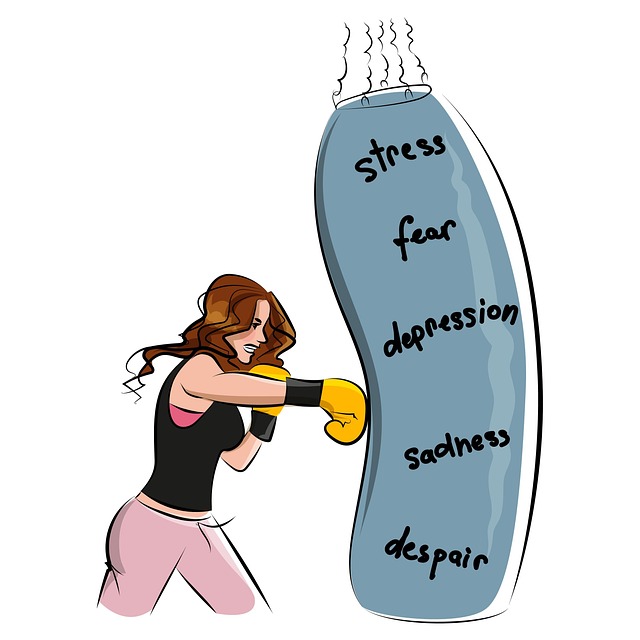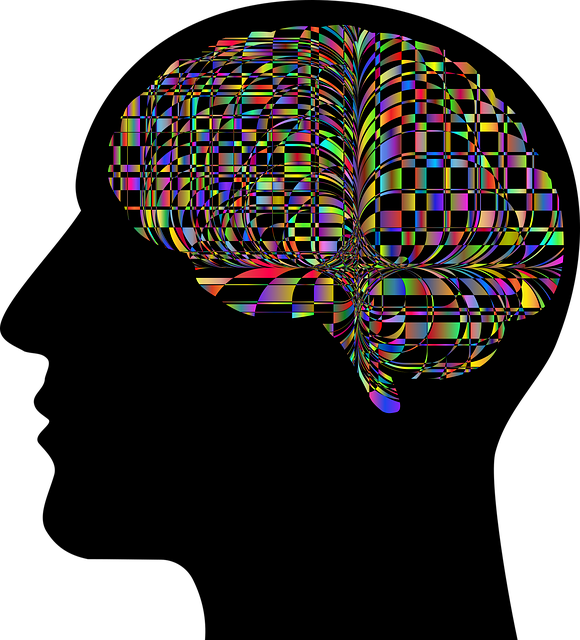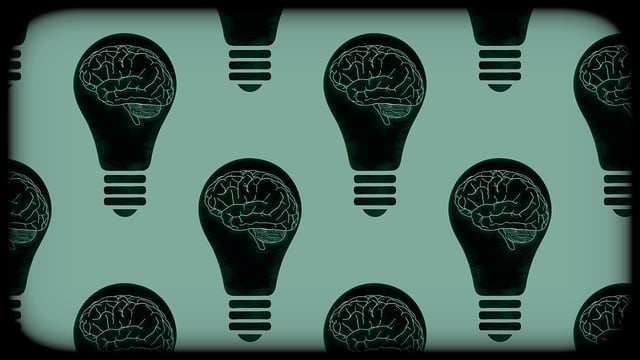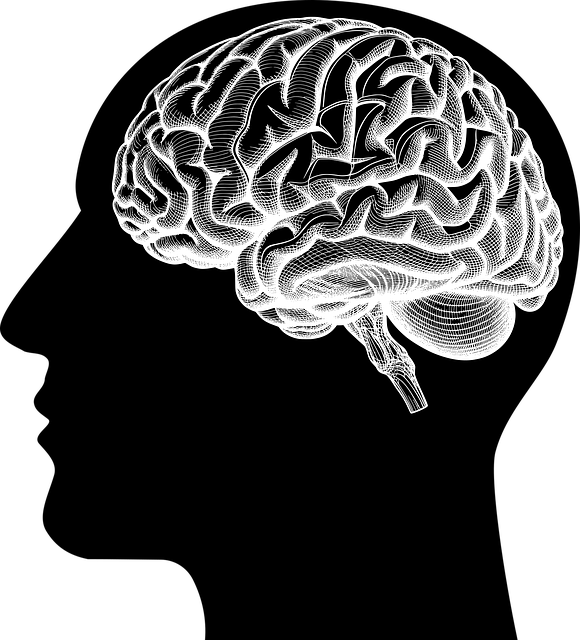Mental health education, especially tailored therapy for children like DBT, is crucial for holistic development. By assessing community needs through research and evaluating existing programs, educators can design effective interventions targeting issues like anxiety and depression in vulnerable populations. Integrating digital tools and evidence-based models like DBT enhances accessibility and fosters emotional resilience, creating a supportive learning environment. Comprehensive risk assessments ensure cultural sensitivity and benefit both students and educators.
Mental health education programs play a pivotal role in fostering resilience and well-being among young individuals. This article explores the strategic design of such programs, focusing on assessing community needs, particularly targeting children’s mental health. We delve into curriculum development, integrating evidence-based practices like Therapy for Children and Dialectical Behavioral Therapy (DBT) techniques. Key components include skills training, mindfulness exercises, and creating safe learning spaces. Implementation strategies emphasize educator training, partnerships with mental health experts, and ongoing support to ensure program effectiveness and sustainability.
- Assessing the Need and Identifying Target Audience
- – Understanding the relevance of mental health education in schools and communities
- – Evaluating existing programs and their impact
Assessing the Need and Identifying Target Audience

Assessing the need for mental health education is a crucial first step when designing a program. It involves understanding the prevalent issues within the target community, especially among vulnerable populations like children and adolescents. By conducting thorough research, including surveys, interviews, and focus groups, educators can identify the unique challenges faced by this demographic. For instance, rising rates of anxiety, depression, and self-harm among youth call for interventions that foster early emotional regulation and resilience.
The identified target audience plays a pivotal role in shaping the program’s content and delivery methods. Children and adolescents from diverse backgrounds may require tailored approaches. Those facing social pressures or experiencing trauma might benefit from therapeutic models like Dialectical Behavioral Therapy (DBT), which teaches effective coping strategies for emotion regulation, distress tolerance, interpersonal effectiveness, and mindfulness. Moreover, considering the growing popularity of online platforms, integrating digital tools, such as stress management workshops or mental wellness podcast series production, can enhance accessibility and engagement, ensuring that support is available to those who may not traditionally seek therapy.
– Understanding the relevance of mental health education in schools and communities

Mental health education is a vital component of holistic school and community development. With increasing awareness of the impact of mental health issues on children and young adults, there is a growing need for integrated programs that address emotional well-being. Integrating therapy for children, such as Dialectical Behavioral Therapy (DBT), offers a structured approach to coping skills development and self-awareness exercises, enhancing students’ ability to navigate stress, anxiety, and other mental health challenges.
Relevant research highlights the long-term benefits of early intervention in mental wellness, demonstrating that equipping young individuals with effective coping mechanisms can prevent more severe issues later in life. By incorporating these programs into educational settings, schools not only support student mental health but also foster a culture of resilience and emotional intelligence within their communities.
– Evaluating existing programs and their impact

Evaluating existing mental health education programs is a crucial step in designing effective new initiatives. By examining successful and unsuccessful program models, educators can gain valuable insights into what works best for different populations and contexts. For instance, Dialectical Behavioral Therapy (DBT), often used as therapy for children, has shown promising outcomes in treating emotional dysregulation and improving coping skills. This evidence-based approach emphasizes mindfulness, distress tolerance, emotion regulation, and interpersonal effectiveness, making it a strong candidate for integration into educational settings.
A comprehensive risk assessment for mental health professionals is also essential when evaluating program impact. This includes considering cultural sensitivity in mental healthcare practice to ensure that programs are accessible and effective for diverse student bodies. Additionally, incorporating stress management workshops organization can enhance the overall well-being of both students and educators, fostering a more positive learning environment. Such evaluations allow for informed decision-making, ensuring new programs build upon proven methodologies while addressing emerging needs in mental health education.
Mental health education is a vital component of holistic well-being, especially for young minds. By assessing the need and targeting specific audiences, such as students and communities, we can effectively implement programs that promote mental resilience. Integrating evidence-based practices like Dialectical Behavioral Therapy (DBT) offers a promising approach to nurturing emotional health. Through careful evaluation and tailored design, these educational initiatives have the potential to revolutionize support systems, ensuring children receive the therapy they need for a brighter future.














